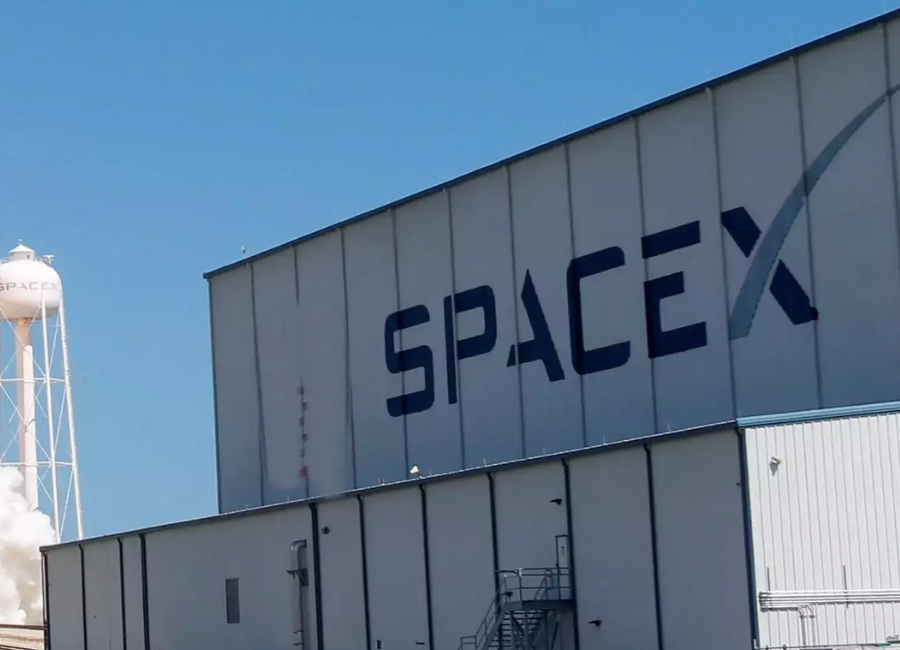In 2022, T-Mobile and SpaceX unveiled a collaborative effort to offer direct-to-cell satellite connectivity via Starlink satellites to standard, unaltered mobile phones. Recent reports indicate that SpaceX is accelerating its satellite deployment strategy with a goal to launch as many satellites as possible this year and the next, with an initial aim to achieve around 100 launches in the coming two and a half months. Furthermore, their plans for 2024 are even more ambitious, with a scheduled 12 launches per month, totaling 144 missions for the year.
A spokesperson from SpaceX has confirmed that they are exploring direct-to-cell communications with Starlink, with this feature expected to be introduced next year during the 144 planned flights.
To clarify, the public launch in 2024 is anticipated to cover text-based direct-to-cell service. The full-speed satellite LTE service, offering speeds of up to 2Mbps, is planned for an initial release in 2025. However, this upgraded service requires physically larger satellites that will be transported on SpaceX’s Starship vehicle. In the meantime, the company has designed intermediate-sized units that are larger than their older models but can still be launched on Falcon 9 rockets.
T-Mobile’s most popular plans, such as T-Mobile’s Magenta MAX, will offer free access to the Starlink connection, while users on less expensive plans may be able to access it for an additional fee. Starlink has already established partnerships with multiple other carriers worldwide, including Optus in Australia, Rogers in Canada, KDDI in Japan, One NZ in New Zealand, and Salt in Switzerland. However, as of now, the only launch timeline available is provided by T-Mobile in the US.
It’s important to note that Starlink’s coverage is focused on land, lakes, and coastal waters. For those seeking internet connectivity in the middle of the ocean, a separate Starlink maritime service will be required. On land, this service aims to fill gaps in carrier coverage without necessitating additional infrastructure development. Nevertheless, numerous other questions remain unanswered regarding the service and its broader coverage, including the topic of roaming.






